Introduction: What Makes Creole & Cajun Cuisine So Spicy Good?
If you’ve ever tasted the fiery depth of a gumbo or felt the zing of a spicy jambalaya, you know that Creole and Cajun cuisines are more than just Southern cooking—they’re full-blown flavor experiences. Originating from Louisiana, these two closely related but distinct culinary traditions rely heavily on bold spices, aromatic bases, and a whole lot of heart.
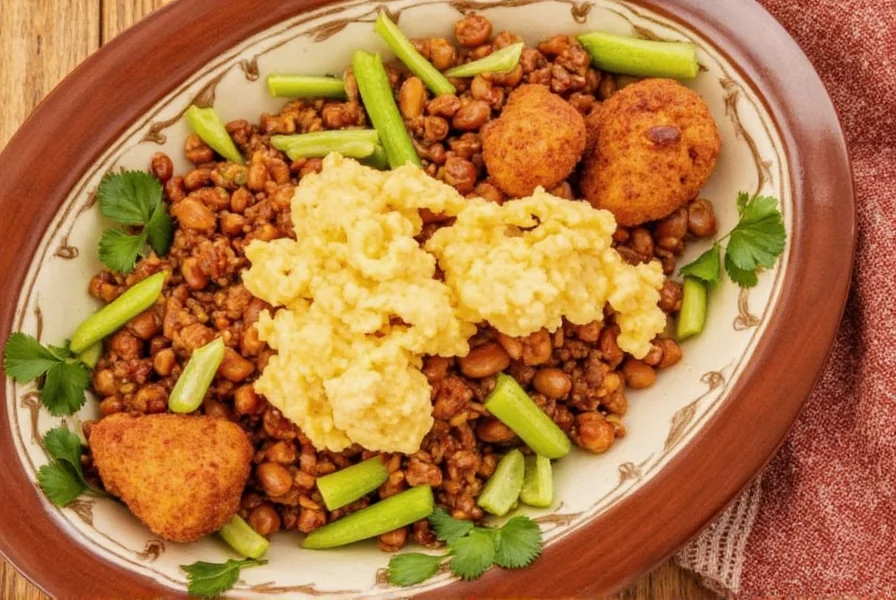
The Spice of Life: Understanding the Difference Between Creole and Cajun
While many use the terms interchangeably, there's actually a clear distinction between Creole and Cajun cuisine. Here's a quick breakdown:
| Feature | Creole | Cajun |
|---|---|---|
| Origin | New Orleans and surrounding areas | Rural Southwestern Louisiana |
| Flavor Profile | Sophisticated, rich, often tomato-based | Robust, rustic, smoky |
| Use of Tomatoes | Common | Less common |
| Signature Spice Mixes | Creole seasoning (paprika, garlic, oregano) | Cajun seasoning (cayenne, black pepper, garlic powder) |
So, think of Creole as city-style spice and Cajun as country-style fire—it’s all about geography, culture, and ingredients.
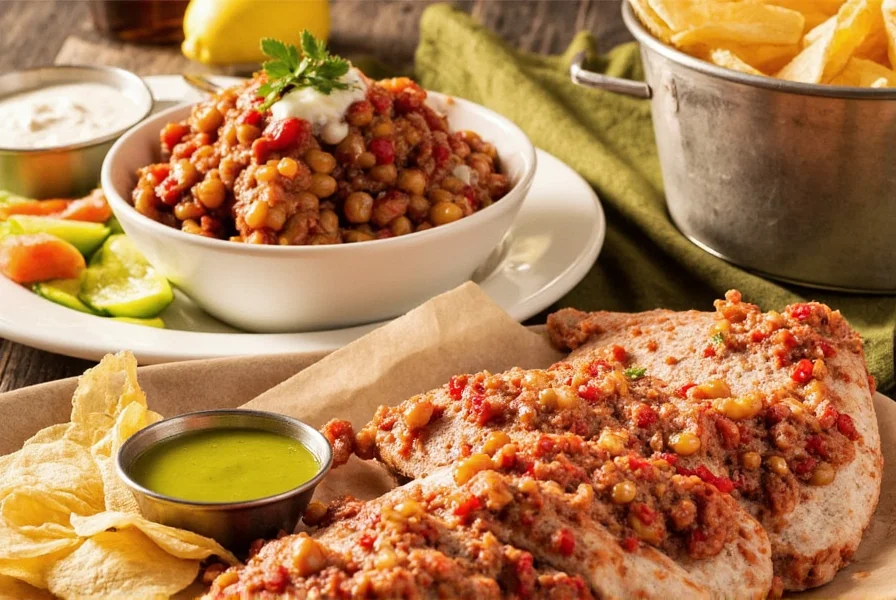
Essential Spices in Creole & Cajun Cooking
The backbone of both cuisines lies in their spice blends. While fresh herbs play a role, it’s the dried seasonings that really pack the punch. Here are some must-have spices for authentic Creole and Cajun flavors:
- Paprika: Adds color and subtle sweetness.
- Cayenne Pepper: The heat engine behind most Cajun dishes.
- Garlic Powder & Onion Powder: Essential for building flavor layers.
- Thyme & Oregano: Herbs de Provence meet Southern charm.
- Black Pepper: For a deep, earthy kick.
- Celery Salt: Adds complexity and depth.
Homemade vs. Store-Bought Seasonings
Want to get fancy? Whip up your own spice blend at home! It gives you control over the heat level and flavor balance. But if you're short on time, there are plenty of quality store-bought options.
Top 10 Spicy Creole & Cajun Dishes You Need to Try
Let’s dive into the tastiest spiced-up dishes from Louisiana. These recipes will make your kitchen smell like Bourbon Street during Mardi Gras!
- Gumbo: A thick stew filled with meat or seafood, served over rice. It starts with a dark roux and includes the holy trinity—onions, bell peppers, and celery.
- Jambalaya: Similar to paella but with a Southern twist, combining rice, smoked sausage, chicken, and spices.
- Étouffée: Typically made with crawfish or shrimp, smothered in a spicy, buttery sauce.
- Red Beans & Rice: A Monday staple, featuring kidney beans simmered with smoked sausage and spices.
- Boudin Sausage: A unique Cajun dish made with pork, rice, and spices stuffed into a casing.
- Po' Boy Sandwich: Fried seafood sandwich loaded with spicy mayo and pickles.
- Muffuletta: An Italian-Louisiana fusion sandwich piled high with cold cuts and olive salad.
- Dirty Rice: Rice cooked with chicken livers and seasoned with a bold spice mix.
- Filé Gumbo: A variation of gumbo thickened with powdered sassafras leaves.
- Beignets: Okay, not spicy—but they're the perfect sweet ending to a hot meal!
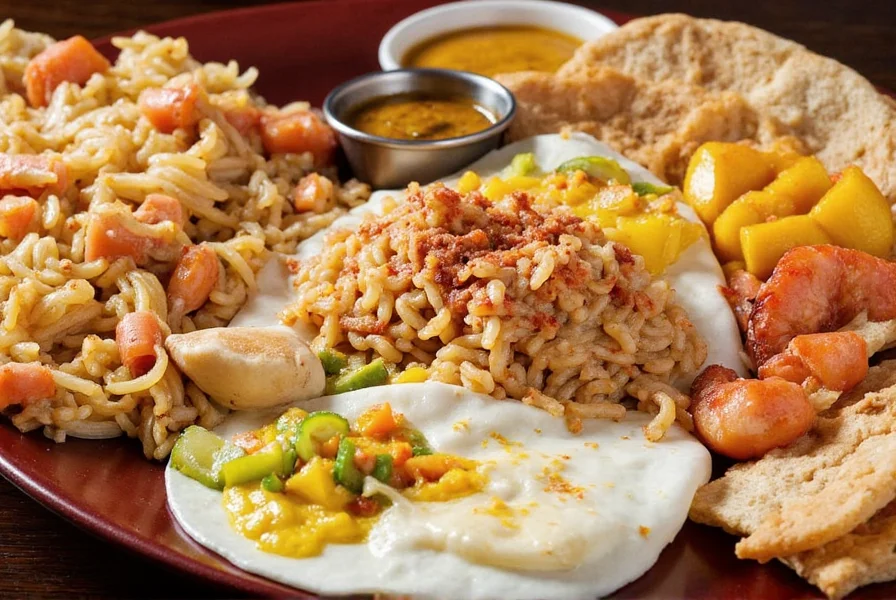
Spice Tip List: How to Master Creole & Cajun Flavors
Whether you're new to Louisiana-style cooking or looking to sharpen your skills, here are some pro tips to help you nail those signature flavors every time:
- Master the Holy Trinity: This trio—onion, bell pepper, and celery—is the base of almost every Creole and Cajun dish. Sauté them slowly to build flavor.
- Don’t Rush the Roux: If making gumbo, a dark roux is key. Stir constantly and be patient—it can take up to an hour to reach the right consistency.
- Control the Heat: Use cayenne sparingly unless you want to melt your taste buds off. Add gradually and taste as you go.
- Toast Whole Spices First: For deeper flavor, toast cumin seeds, peppercorns, or coriander before grinding them.
- Add Acid at the End: A splash of lemon juice or vinegar balances out all that richness and spice.
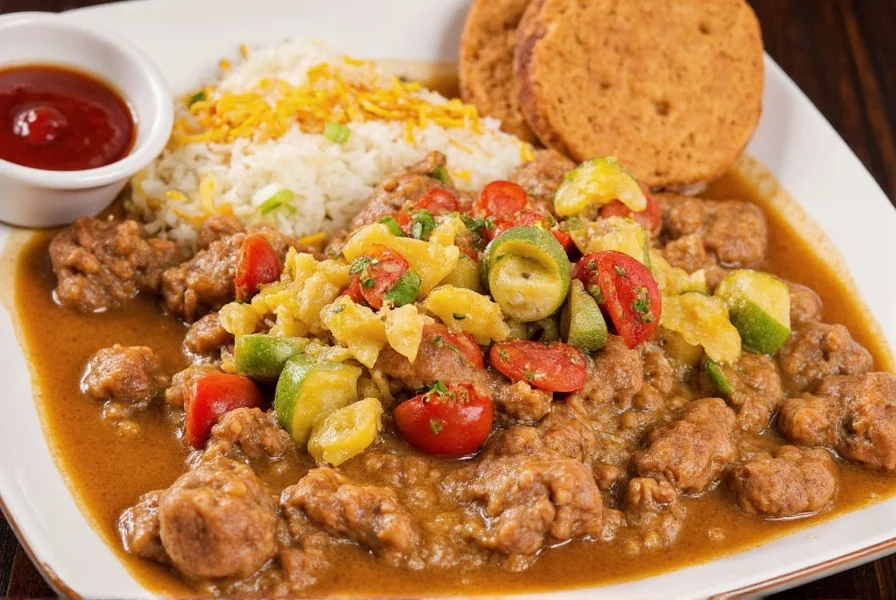
Buying Guide: Best Spices and Seasonings for Authentic Creole & Cajun Flavor
You don't need a trip to New Orleans to find top-notch spice blends. Whether you’re going homemade or store-bought, here are some of the best picks for authentic flavor:
| Product | Features | Advantages | Best For | Occasion |
|---|---|---|---|---|
| Zatarain’s Original Gumbo File Powder | Finely ground sassafras leaves used to thicken and flavor gumbo | Natural thickener with herbal undertones | Gumbo lovers, traditionalists | Dinner parties, holidays |
| Tony Chachere’s Original Creole Seasoning | Iconic Louisiana brand with a balanced spice mix | Versatile for meats, veggies, and soups | Beginners and everyday cooks | Grilling, weeknight meals |
| Slap Ya Mama Cajun Seasoning | Spicy, bold, and loved by locals | Great for adding instant kick | Heat-seekers and BBQ fans | Cajun cookouts, tailgates |
| McCormick Culinary Cajun Seasoning | Professional-grade mix with real paprika and garlic | Consistent flavor, great for large batches | Home chefs who cook for crowds | Family dinners, potlucks |
| DIY Cajun Spice Blend | Customize salt, pepper, garlic, onion, cayenne, paprika | Control over spice level and salt content | Experienced cooks, foodies | Special occasions, gifting |
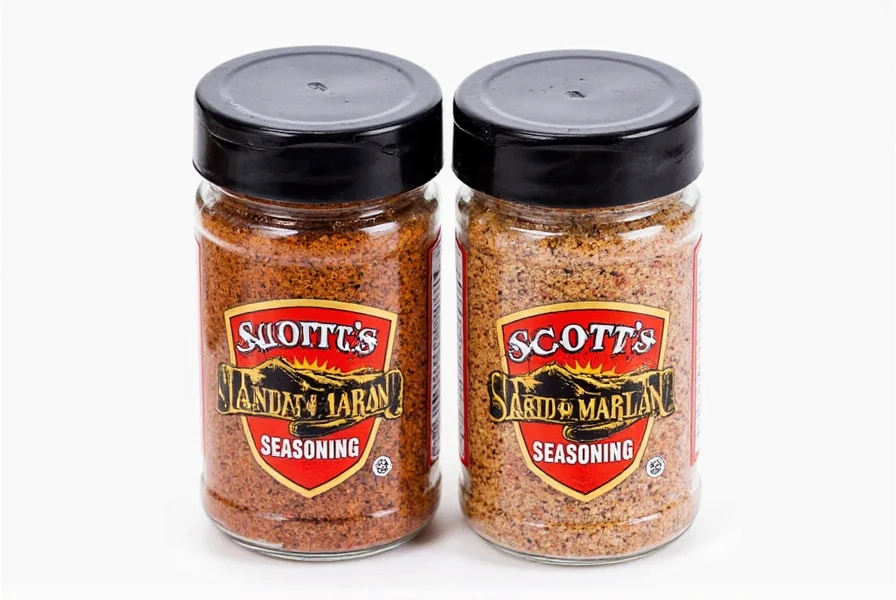
Spice It Up: Creative Ways to Use Creole & Cajun Flavors Beyond the Classics
Think outside the gumbo pot! Creole and Cajun spices aren’t just for traditional dishes—they can jazz up your everyday meals in exciting ways.
- Spiced Popcorn: Toss freshly popped popcorn with Cajun seasoning for a fiery snack.
- Creole Deviled Eggs: Swap regular paprika for Creole seasoning in your deviled egg recipe.
- Cajun Mac & Cheese: Stir in a dash of Slap Ya Mama to your mac for extra kick.
- Spiced Sweet Potato Fries: Toss fries with oil and Tony Chachere’s before baking.
- Grilled Vegetables: Brush zucchini, bell peppers, or eggplant with Cajun-spiced oil before grilling.
Conclusion: Let the Spice Flow Like the Mississippi
From the bayous to the backyards, Creole and Cajun dishes are all about passion, people, and one seriously good spice rack. Whether you're diving into a steaming bowl of gumbo or sprinkling cayenne on your morning eggs, these flavors are sure to bring the soul—and the heat—to your meals.
So next time you're planning dinner, remember: life’s too short for bland food. Spice it up, slow it down, and savor every bite. And don’t forget to save room for beignets—because no meal is complete without a little sugar after the spice!
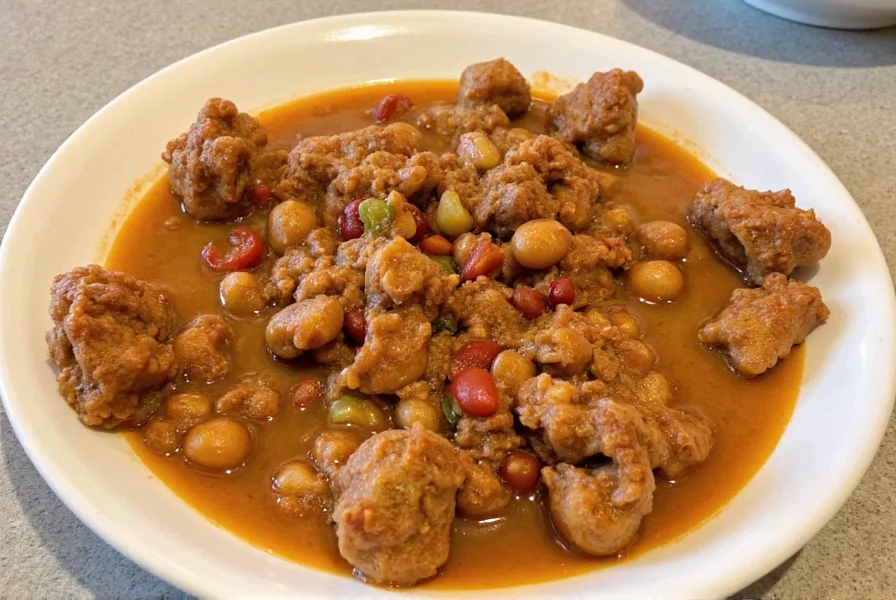

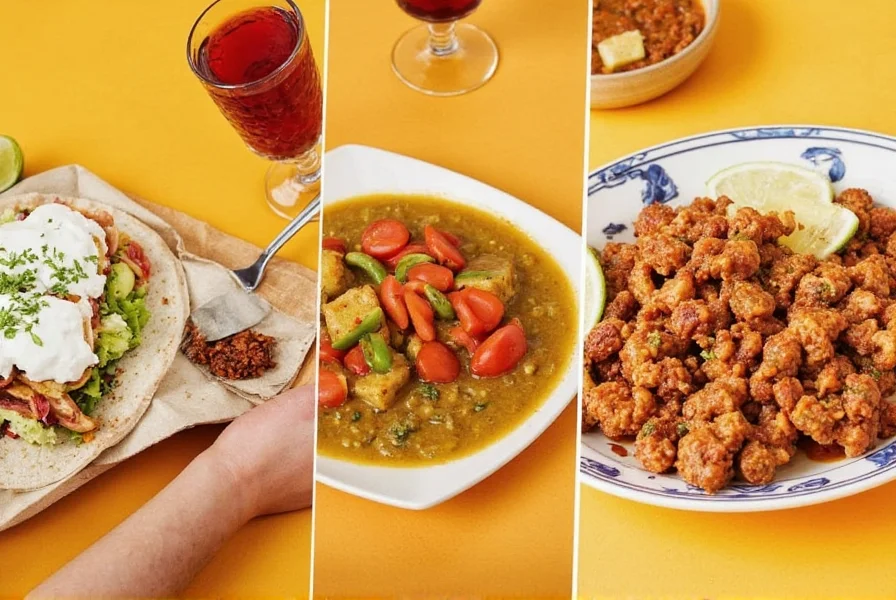









 浙公网安备
33010002000092号
浙公网安备
33010002000092号 浙B2-20120091-4
浙B2-20120091-4